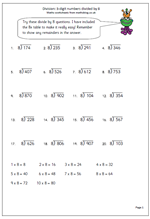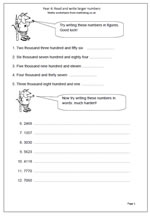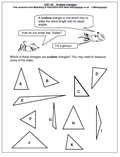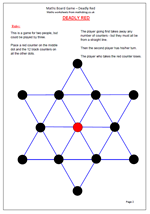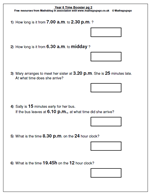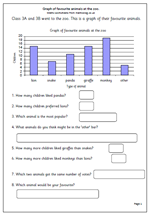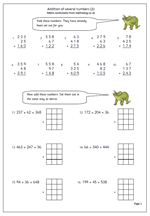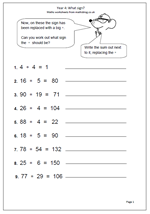 Children in Year 4 will be investigating a whole range of problems involving number and being able to recognise and explain patterns. Children should then be able to extend the ideas presented and use these to make predictions and ask ‘What if….?’ questions.
Children in Year 4 will be investigating a whole range of problems involving number and being able to recognise and explain patterns. Children should then be able to extend the ideas presented and use these to make predictions and ask ‘What if….?’ questions.
Problems may appear in many forms such as the following:
Find numbers that satisfy a particular relationship such as totalling a given number.
Adding operations of addition, subtraction, multiplication and division to a given set of numbers to make a given answer.
Fill in missing digits or missing signs.
This page looks at finding missing signs. The calculations probably don’t need to be worked out, especially if the child has a ‘feel’ for numbers.
A good extension of this is to have three or four number cards and signs and see what whole number answers can be made.

